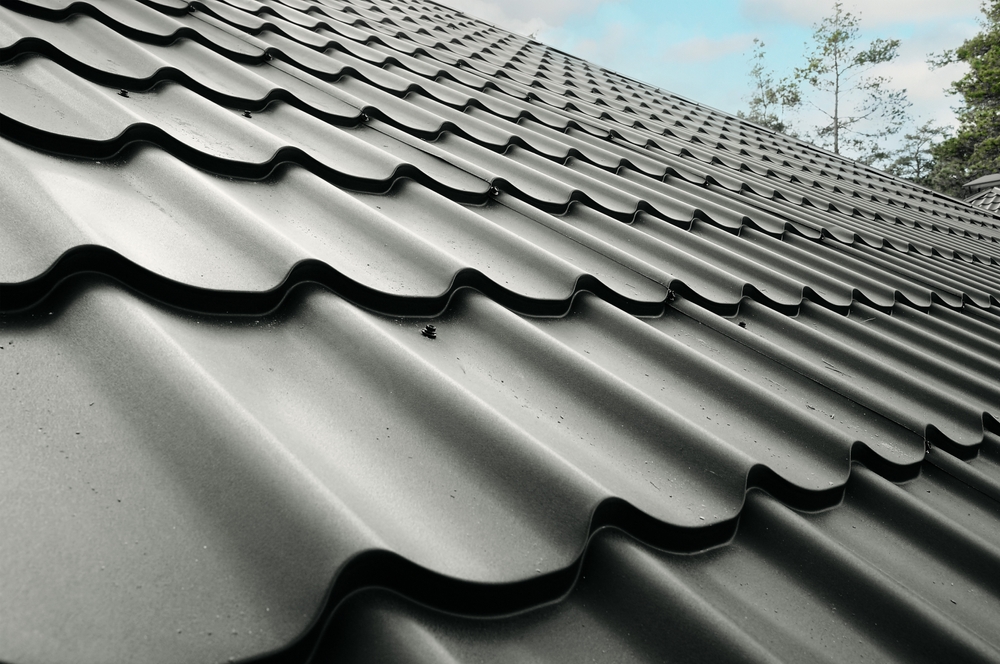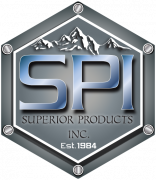
How to Extend the Life of Your Corrugated Roof in Anchorage’s Climate
July 28, 2025 3:16 pm Leave your thoughtsAlaska’s awe-inspiring landscape comes with a price—intense winters, coastal storms, and freeze-thaw cycles that can wreak havoc on homes. For homeowners in Anchorage, corrugated metal roofs are a popular choice for their durability and resistance to heavy snow loads. However, like any material exposed to the elements, they require proactive care to withstand Alaska’s harsh conditions. This guide explores essential corrugated roof maintenance strategies specifically tailored to Anchorage’s climate. By following these expert-backed practices, you can significantly extend metal roof life and protect your investment for decades to come.
Understanding Anchorage’s Weather and Its Impact on Corrugated Roofing
Anchorage’s subarctic climate brings long, snowy winters, frequent temperature fluctuations, and short but intense summers. Roofs in this region must endure more than just cold; they face ice dams, high winds, UV exposure, and accumulated snow that weighs hundreds of pounds. This makes corrugated metal roofs a practical choice, given their strength, water resistance, and ability to shed snow. Still, no roofing material is impervious to weather damage without proper upkeep.
Corrugated metal is particularly susceptible to expansion and contraction, which can loosen fasteners and degrade sealants over time. Additionally, coastal moisture and airborne salt, especially near Cook Inlet, can accelerate corrosion if protective coatings wear off. These are not abstract risks—they are routine challenges that demand consistent attention. Homeowners who understand these environmental stressors can better tailor their corrugated roof maintenance practices to Anchorage, AK conditions.
Routine Inspections: The First Line of Defense
One of the most effective ways to extend metal roof life in Alaska is to implement regular visual inspections. Ideally, inspections should be performed twice a year—once in early spring and again in late fall. This allows homeowners to check for issues before the snow sets in and after it melts.
During these inspections, you should examine for signs of corrosion, loose or missing fasteners, lifting panels, cracked sealant, or damaged flashing. Anchorage’s fluctuating temperatures can cause materials to expand and contract, putting stress on panel connections and seams. If left unchecked, even a small gap can allow water intrusion, leading to mold, rust, and interior damage.
It’s also important to inspect the underside of the roof from within the attic. Look for any signs of water staining, damp insulation, or daylight seeping through—these may signal a breach in the roofing system. Quick identification and patching of these issues are crucial to prevent them from escalating into costly repairs.
Cleaning, Debris Removal, and Preventing Water Accumulation
Accumulated debris, such as leaves, branches, and moss, can trap moisture against the roof’s surface, accelerating corrosion. In Anchorage’s heavily wooded neighborhoods, this problem is particularly common during fall. Clean your corrugated roof with a non-abrasive brush or leaf blower at least twice annually to prevent organic buildup. Avoid pressure washing, which can damage protective coatings and force water into seams.
Equally critical is maintaining clean and unclogged gutters and downspouts. Frozen blockages in winter can create ice dams, a major concern in Alaska. When meltwater is unable to drain properly, it may back up under roofing panels, compromising the underlayment. To mitigate this, ensure your drainage system is clear before the first snowfall. Installing heated gutter systems or de-icing cables can provide extra protection during especially harsh winters.
In Anchorage, where snow loads can exceed 40 pounds per square foot, snow removal is often necessary to avoid structural strain. Use roof rakes designed for metal roofing that won’t scratch or dent the panels. Always work from the ground when possible and hire professionals for steep or multi-level roofs to avoid injury.
Protecting and Recoating: Defending Against Rust and UV
A well-maintained coating is vital in protecting your corrugated metal roof from rust and UV degradation. In the Anchorage area, where coastal salt and sun exposure are year-round threats, maintaining this barrier is essential. Paint systems or factory-applied finishes, such as Kynar 500 or silicone-modified polyester, typically last 20-40 years—but only if cared for properly.
Homeowners should look for signs of chalking, fading, or peeling, which indicate a weakened coating. When these signs appear, consult a roofing contractor about recoating. Reapplication involves thorough cleaning, priming, and applying an appropriate topcoat. This not only enhances the roof’s appearance but also renews its weather-resistant properties.
For homes in high-moisture zones near Turnagain Arm or Ship Creek, consider applying a clear sealant every few years for added protection. These products are designed to repel water while maintaining the appearance of the original roof coating.
When exploring how to protect corrugated roof, Alaska homeowners should also invest in fastener replacement. Over time, screw heads can corrode and washers may degrade. Replacing them with stainless steel or galvanized alternatives helps maintain structural integrity and seals out moisture.
Working with Professionals and Embracing Preventative Maintenance
While DIY maintenance is important, working with a licensed roofing professional ensures that issues are identified and resolved using industry-standard practices. In Anchorage, it’s advisable to schedule a professional roof audit every three to five years. These experts can detect hidden problems such as substrate deterioration or insulation gaps that contribute to heat loss and ice damming.
Professional metal roofing upkeep in Anchorage, AK also includes infrared scanning and moisture detection, allowing for targeted repairs without extensive demolition. Contractors familiar with local codes and climate conditions can offer tailored solutions that improve energy efficiency, such as adding insulation or installing snow guards.
Another overlooked aspect of roof longevity is attic ventilation. Improper airflow can cause heat to rise into the roof cavity, melting snow unevenly and creating ice dams. By ensuring adequate ridge and soffit ventilation, you reduce internal condensation and external ice-related wear.
Finally, homeowners should keep a detailed maintenance log that tracks inspections, repairs, coatings, and weather events. This history is valuable when filing insurance claims, selling the property, or assessing the return on roofing investments.
Smart Habits Lead to Long-Term Savings
In Anchorage’s unforgiving climate, extending the life of your corrugated roof is both an art and a science. The combination of relentless cold, moisture, and UV exposure puts even the best roofing materials to the test. However, by adopting a rigorous corrugated roof maintenance routine, Alaska homeowners can avoid major issues and stretch their roof’s lifespan well beyond the average.
From regular inspections and debris removal to professional assessments and recoating strategies, each layer of effort adds another year of performance to your roofing system. Staying proactive not only protects your home’s structure but also enhances its resale value and lowers long-term costs. Whether you’re a seasoned Alaskan homeowner or new to the region, these corrugated roofing tips can help you stay one step ahead of the elements.
Conclusion
Investing in the health of your roof is investing in the safety and comfort of your home. With the right knowledge and a commitment to upkeep, even Anchorage’s wildest winters become manageable. That’s the power of preventative care for your metal roof—one that pays dividends in durability and peace of mind.
Got questions? Let us help! Call us today to learn more!
Categorised in: Corrugated Metal Roof
This post was written by admin

